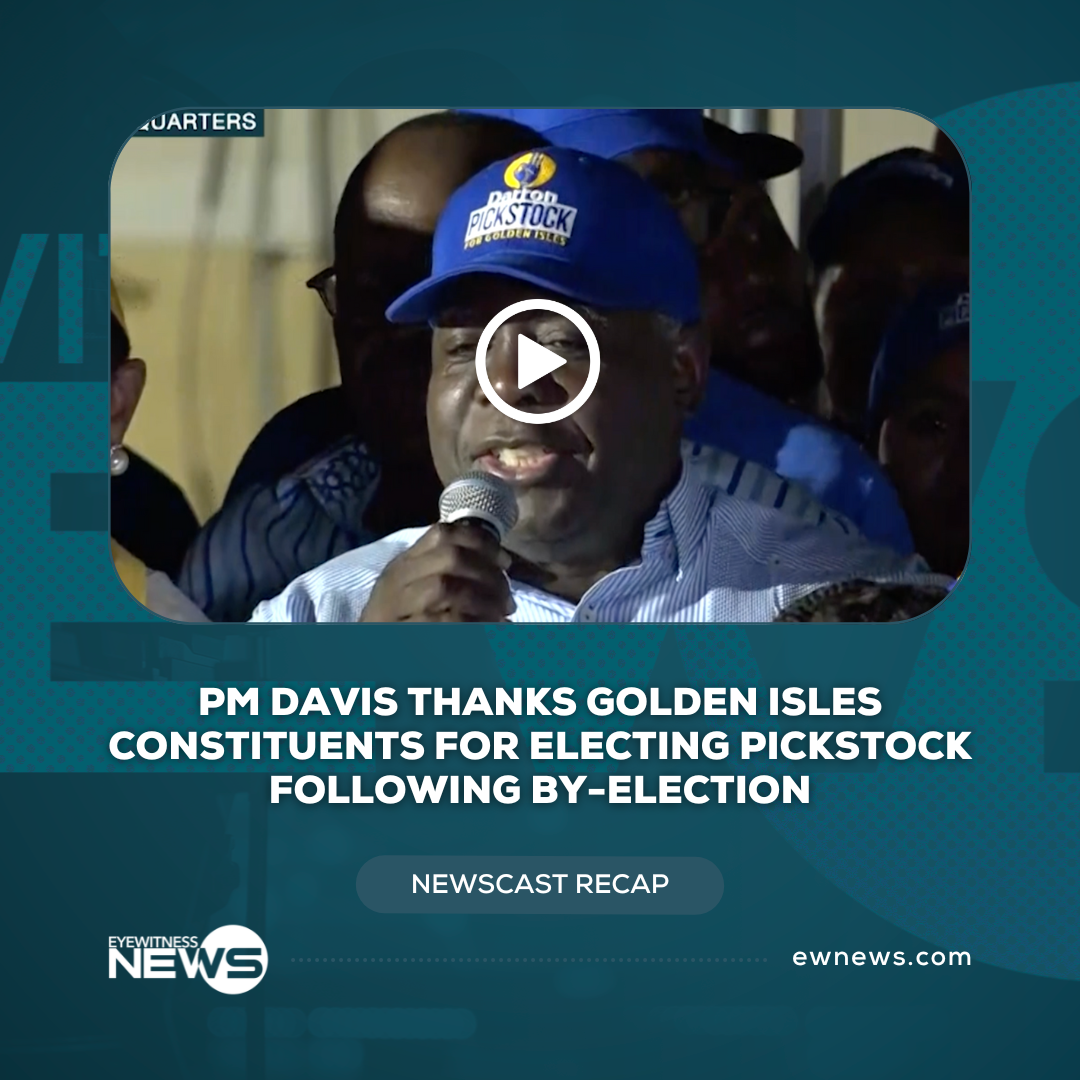Auditor general reports officers could be earning around $8K each in transportation fees with equal distribution of assignments
NASSAU, BAHAMAS — The top 20 customs officers took home just $2.39 million in transportation fees — a paid service provided by a customs officer to perform an on-site inspection of goods — in a three-and-a-half-year period, according to an auditor general’s report of the Customs Department, which underscored significant disparities in distribution of the fee among officers.
During the same period in review, July 2018 through December 2021, the remaining 452 customs officers received a combined $1.51 million, ranging from $1.54 to $31,177.39.
The top-grossing customs officer, who had 32 records during the period, took home $484,541.89.
The next top-earner of transportation fees collected $351,849.62 for 29 records.
Assigning customs officers to examine the bulk of trades resulted in vast disparity in officers receiving much higher overall transportation fee payments than all of the other examination team of customs officers.
– Auditor general audit
With the same number of orders as the top-earner, four top customs officers took home $190,619.57, $181,314.09, $178,181.51 and $162,564.11 respectively.
Eleven customs officers on that top-20 list received transportation fee payments ranging from $31,850.26 to $69,436, totaling $527.381.83 of the $2.39 million.
These customs officers also received assignments for “trusted traders” — a very large business with 11 to 20 containers — but to a lesser degree.
Supervisors in charge — senior customs officers and Grade I customs officers — had the authority to assign and schedule on-site examination visits.
In managing the process, both of these supervisory customs officers assigned themselves to be in charge of the majority of “trusted traders”, which make up the bulk of on-site examinations.
“Assigning customs officers to examine the bulk of trades resulted in vast disparity in officers receiving much higher overall transportation fee payments than all of the other examination team of customs officers, who are providing attendance and examination services and using their private vehicles,” read the audit.
“The continuance of the large share of attendance requests by ‘trusted traders’ assignments to the first and second-in-command (the supervisors of the examination section) contributed to the disproportionate distribution, a decision that leads to the following customs officers receiving the vast majority of the transportation fee.”
An equal distribution of the $3.9 million collected in transportation fees during the period would result in each customs officer receiving just shy of $8,000 each.
The auditor general said it is important to note that billings for the trips for on-site visits to examine containers could be multiple times one day per company, where companies make requests for attendance to open containers at various times throughout the day.
Two containers are not opened at the same time.
Every trip attracts an attendance fee, transportation fee, examination fee and value-added tax (VAT) for government processing services.
The auditor general recommended that those who manage the distribution and assignment of the attendance request for on-site examination — supervisors of the examination section — do not partake in the on-site visits that require use of personal vehicles for transportation reimbursement fee.
The auditor general also recommended the assignment of examination requests of trusted traders be “equitably distributed” and rotated to strengthen internal controls.
According to the report, the transportation fee payments to customs officers working in nine sections — Lynden Pindling International Airport, bonded goods, harbor office, releasing section, Abaco, Commonwealth Brewery, Air Freight, Investigation Section and Bimini and Exuma — were not as voluminous and distributions of payment among officers did not “bear the marking on inequality”.
In response, management said steps were taken to ensure on-site assignments were equitably distributed, including the implementation of new clearance formalities such as an electronic smart billing system and the introduction of a smart billing team that operates separate from the examination section, among other internal controls designed to monitor the release, movement and examination of a container.


















